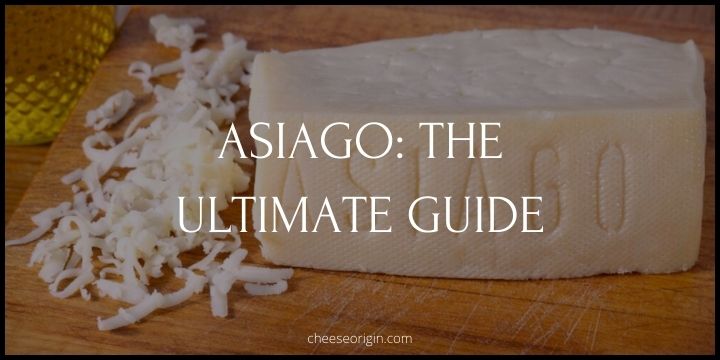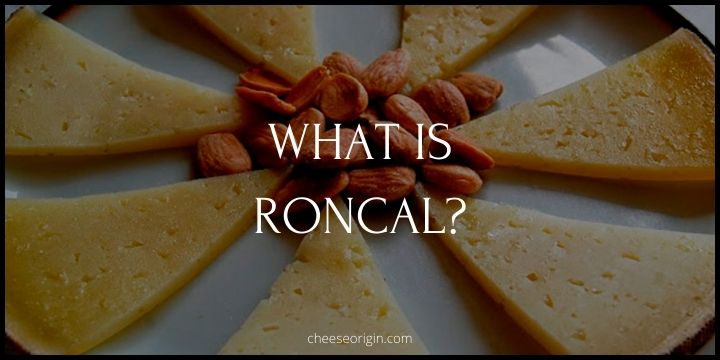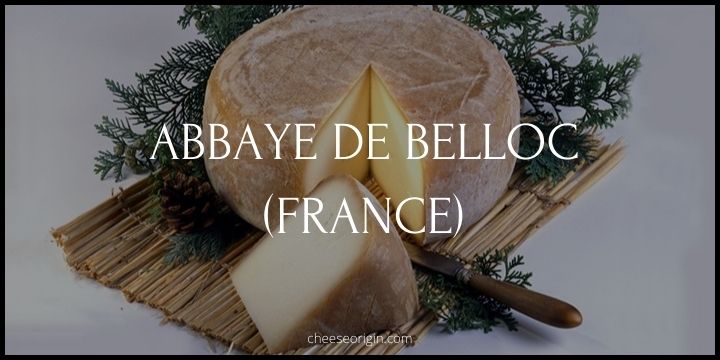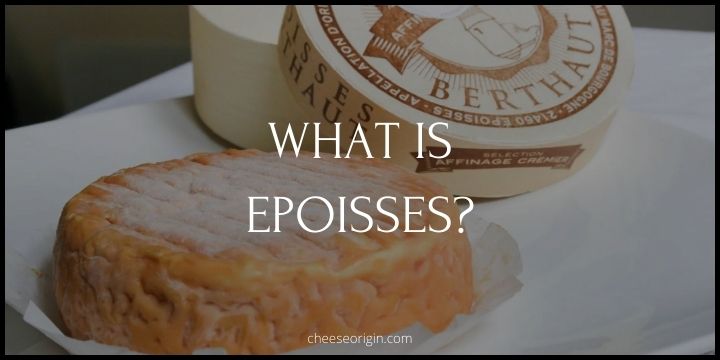What is Cashel Blue? A Unique Taste of Irish Heritage
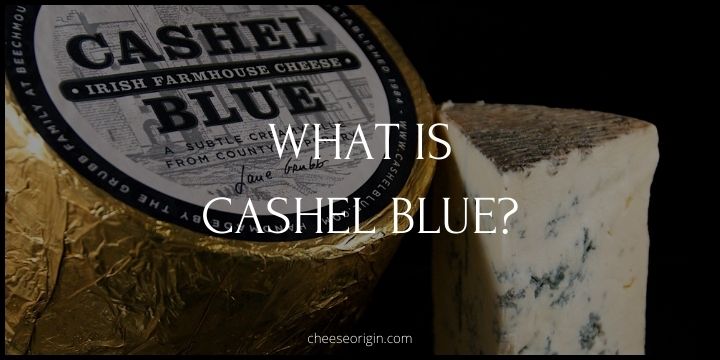
Welcome to an exploration of a unique culinary gem from the Emerald Isle, Cashel Blue. This distinctive cheese, hailing from the rolling pastures of County Tipperary, Ireland, is more than just a dairy delight. It’s a testament to Irish heritage and a symbol of traditional cheesemaking craftsmanship.
Cashel Blue is not just any blue cheese; it’s a semi-soft, richly textured, and beautifully balanced creation that has carved out its own niche in the world of gourmet cheeses. As Ireland’s first farmhouse blue cheese, each bite takes you on a journey through the lush Irish landscapes where the cows graze freely.
Quick Facts About Cashel Blue
| Quick Facts | Details |
|---|---|
| Country of Origin | Ireland |
| Region | Tipperary |
| Type | Semi-soft, blue |
| Milk | Cow’s milk |
| Pasteurization | Yes |
| Texture | Creamy and crumbly |
| Rind | Natural |
| Color | Pale yellow with distinctive blue veining |
| Flavour | Mild, creamy, slightly sweet with a tangy finish |
| Aroma | Earthy, tangy |
| Ageing Time | 12-24 weeks |
| Pairings | Port wine, stout beer, apples, pears, crusty bread |
| Producer | Beechmount Farm |
| Vegetarian | No |
| Fat Content | 48% |
| Availability | Year-round |
| Best for | Salads, cooking, cheese plates, dessert pairings |
| Storage | Refrigerated, wrapped in waxed paper |
| Shelf Life | Several weeks once cut |
| Awards | Numerous, including Gold at the World Cheese Awards |
What is Cashel Blue?
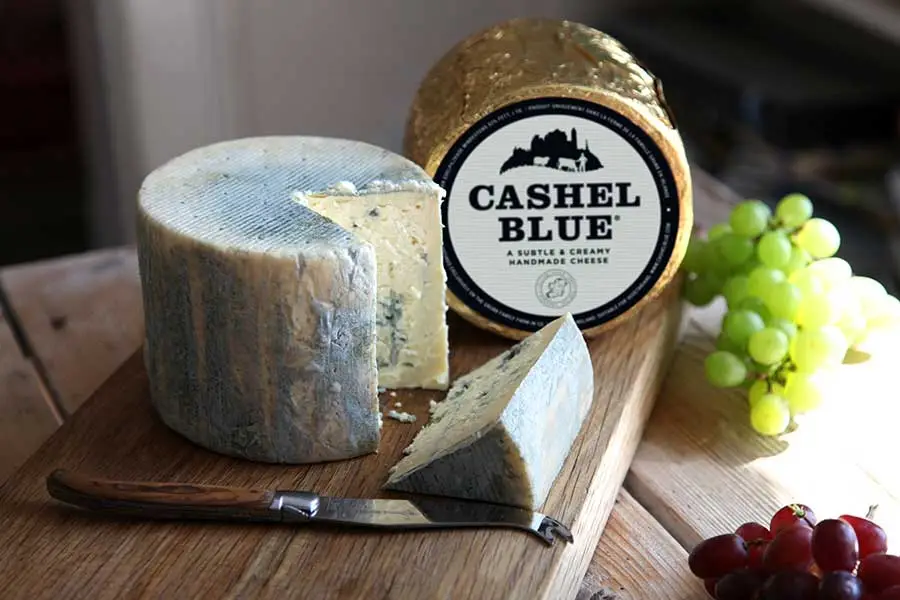
Cashel Blue, a semi-soft, creamy Irish farmhouse cheese, is the embodiment of Ireland’s rich dairy tradition. Originating from the verdant pastures of County Tipperary, this distinctive cheese has been handcrafted on the same 200-acre farm for over three decades.
The creation of Jane and Louis Grubb in 1984, Cashel Blue was the first farmhouse cow’s milk blue cheese to come out of Ireland. The cheese is made from the milk of the Grubbs’ 110 Friesian cows, undergoing a careful pasteurization and ripening process that spans between two and six months.
The result is a cheese with a round, full flavor, and a signature tang, its buttery hue punctuated by striking blue veining. The texture is an appealing mix of creamy and crumbly, while the taste is a complex blend of slightly acidic, spicy, and strong notes.
Cashel Blue is a testament to the beauty of single-origin products, being produced by a single family on their farm in Tipperary. This unique cheese, with its pleasantly buttery texture and balanced blue veining, offers a rich, full-flavored experience that will melt in your mouth.
What Does Cashel Blue Taste Like?
Cashel Blue is renowned for its balanced and unique flavor profile. Unlike many other blue cheeses, it is not overly strong or pungent. Instead, it offers a creamy, full-bodied taste with a delightful complexity.
The cheese has a mild, milky richness to start, which gradually develops into a pleasing peppery tanginess. The blue veining introduces a hint of spiciness, but it’s not overpowering. This gentle spiciness is complemented by a subtle sweetness that rounds out the flavor.
The texture of Cashel Blue plays a significant role in its taste. It is semi-soft and slightly crumbly, yet creamy, which gives it a melt-in-the-mouth quality. When eaten, it leaves a buttery, slightly acidic aftertaste that lingers on the palate.
In essence, Cashel Blue offers a sophisticated flavor experience that is both accessible for those new to blue cheese and satisfying for seasoned connoisseurs. It pairs well with sweet fruits like pears and apples, robust wines like port, or even a hearty stout beer.
Cashel Blue Tasting Notes

- Appearance: Pale, buttery yellow color with distinctive blue veining.
- Texture: Semi-soft, slightly crumbly yet creamy, and melts in the mouth.
- Smell: Mild, earthy aroma with a hint of tanginess.
- Taste: Begins with a milky richness, developing into a pleasing peppery tanginess. The blue veins introduce a gentle spiciness complemented by subtle sweetness.
- Aftertaste: Leaves a buttery, slightly acidic aftertaste that lingers on the palate.
- Usage: Ideal for salads, cooking, cheese plates, and dessert pairings.
How to Eat Cashel Blue?
- Cheese Board: Add Cashel Blue to your cheese board. Pair it with a variety of fruits like grapes, pears, and figs. Include some crunchy baguette slices or artisanal crackers for contrast.
- Cooking: Melt Cashel Blue over steaks or burgers for a gourmet touch. It can also be crumbled into salads or melted into pasta sauces for a rich, creamy texture.
- Dessert Pairing: Pair Cashel Blue with sweet accompaniments like honey, dark chocolate, or a drizzle of caramel sauce for a unique dessert experience.
- Sandwiches: Use Cashel Blue to elevate your sandwiches. It pairs well with roast beef, pear, and arugula on crusty bread.
- Wine Pairing: Serve Cashel Blue with robust wines such as Cabernet Sauvignon, Port, or a full-bodied stout for a classic pairing.
- Breakfast: Crumble Cashel Blue over scrambled eggs or an omelette for a luxurious breakfast treat.
- Baking: Use Cashel Blue in your baking. It works wonderfully in savoury scones, muffins, or as a filling for puff pastry bites.
10 Best Cashel Blue Substitutes
| Cheese Name | Origin | Description |
|---|---|---|
| Gorgonzola | Italy | A creamy and mild blue cheese, similar in style to Cashel Blue. Perfect for those who prefer a less pungent taste. |
| Roquefort | France | Known for its tangy, salty flavor. It’s stronger than Cashel Blue but can be used in the same dishes. |
| Stichelton | England | A traditional English blue cheese that offers a rich, complex flavor. |
| Urdina | Spain | An alternative blue cheese that is less known but offers a unique flavor profile. |
| Garstang / Nicky Nook Blue | England | English blue cheeses serve as a good alternative to Stilton and consequently Cashel Blue. |
| Danablu | Denmark | Also known as Danish Blue, it is creamier and milder than many blue cheeses. |
| Bleu d’Auvergne | France | A French blue cheese with a strong, pungent flavor. Use less of it when substituting for Cashel Blue. |
| Monte Enebro | Spain | A Spanish blue cheese with a robust flavor, suitable for dishes where cheese isn’t the main component. |
| Dolcelatte | Italy | A sweet and mild Italian cheese, good for replacing Cashel Blue in desserts or sweet dishes. |
| Lanark Blue | Scotland | A sheep milk cheese from Scotland, milder than Stilton, but still packs a punch. A good alternative if there is a shortage of Stilton. |
What Pairs Well With Cashel Blue?

Food that goes well with Cashel Blue:
| Category | Food Item |
|---|---|
| Bread/Biscuits | Baguette, Ciabatta, Crackers, Focaccia |
| Fruits | Strawberries, Pears, Grapes, Figs |
| Meats | Prosciutto, Salami, Mortadella, Bresaola |
| Vegetables | Tomatoes, Roasted Bell Peppers, Grilled Zucchini, Artichokes |
| Nuts & Seeds | Walnuts, Almonds, Pine Nuts, Sunflower Seeds |
| Condiments & Spreads | Honey, Fig Jam, Quince Paste, Olive Tapenade |
| Desserts | Dark Chocolate, Fruit Tarts, Panna Cotta, Cannoli |
| Seafood | Smoked Salmon, Grilled Shrimp, Marinated Anchovies, Seared Scallops |
| Pasta & Grains | Ravioli, Gnocchi, Risotto, Farro Salad |
| Herbs & Spices | Basil, Oregano, Rosemary, Black Pepper |
Also read: 11 Best Crackers that Pair Well with Cheese
Beverage that goes well with Cashel Blue:
| Category | Beverage |
|---|---|
| Wine | Port, Sauternes, Cabernet Sauvignon |
| Beer | Belgian Dubbel, Stout, IPA |
| Whiskey | Single Malt Scotch, Irish Whiskey |
| Non-Alcoholic | Sparkling Water, Grape Juice |
Also read: Best Wine and Cheese Pairings: The Ultimate Guide
Frequently Asked Questions
1. Is Cashel Blue a soft cheese?
Yes, Cashel Blue is a semi-soft cheese. It is characterful but not strong and can be described as having a pleasantly buttery texture with a balanced amount of blue veining.
2. Is Cashel Blue a healthy cheese?
Cashel Blue is considered a healthy cheese option for several reasons. It is made from pasteurized, unhomogenized milk and is matured in the cheese house where it is made. The cheese is made with milk from grass-fed dairy cows that graze on some of Ireland’s most lush and nutrient-rich pastures.
One serving of Cashel Blue Farmhouse Cheese contains 100 calories, with 70 of those calories coming from fat. It has 8 grams of total fat, 4 of which are saturated. There are 73 calories in a 0.21 serving of Cashel Blue Cheese, consisting of 0g Carbs, 6.1g Fat, and 4g Protein.
Blue cheeses like Cashel Blue are high in calcium, which can help people achieve healthier bone density. Furthermore, Kerrygold Cashel Blue Cheese is an excellent choice for a keto diet because it is both carb-free and high in healthy fats.
3. How long does Cashel Blue cheese last?
Cashel Blue cheese, when properly stored, has a shelf life of about 60 days according to the Cashel Blue official website. Once opened, it can last for about 3-4 weeks if refrigerated. If you freeze it, the cheese can last indefinitely, though the texture and flavor might slightly change. It’s also worth noting that the cheese is at its best quality within the sell-by date, but it can still be safe to eat for about 1 to 2 months if stored correctly in the refrigerator.
Also read:
- What is Bresse Bleu? The Gentle Blue Cheese from France
- What is Kefir Cheese? A Tangy Twist in the Dairy World
- What is Explorateur Cheese? A French Triple Cream Cheese
- What is Esrom? Denmark’s Trappist-Style Cheese
- What is Saint Paulin? France’s Monastic Cheese
- What is Saint Albray? France’s Unique Floral Cheese
- What is Idiazabal? A Taste of the Basque Country

